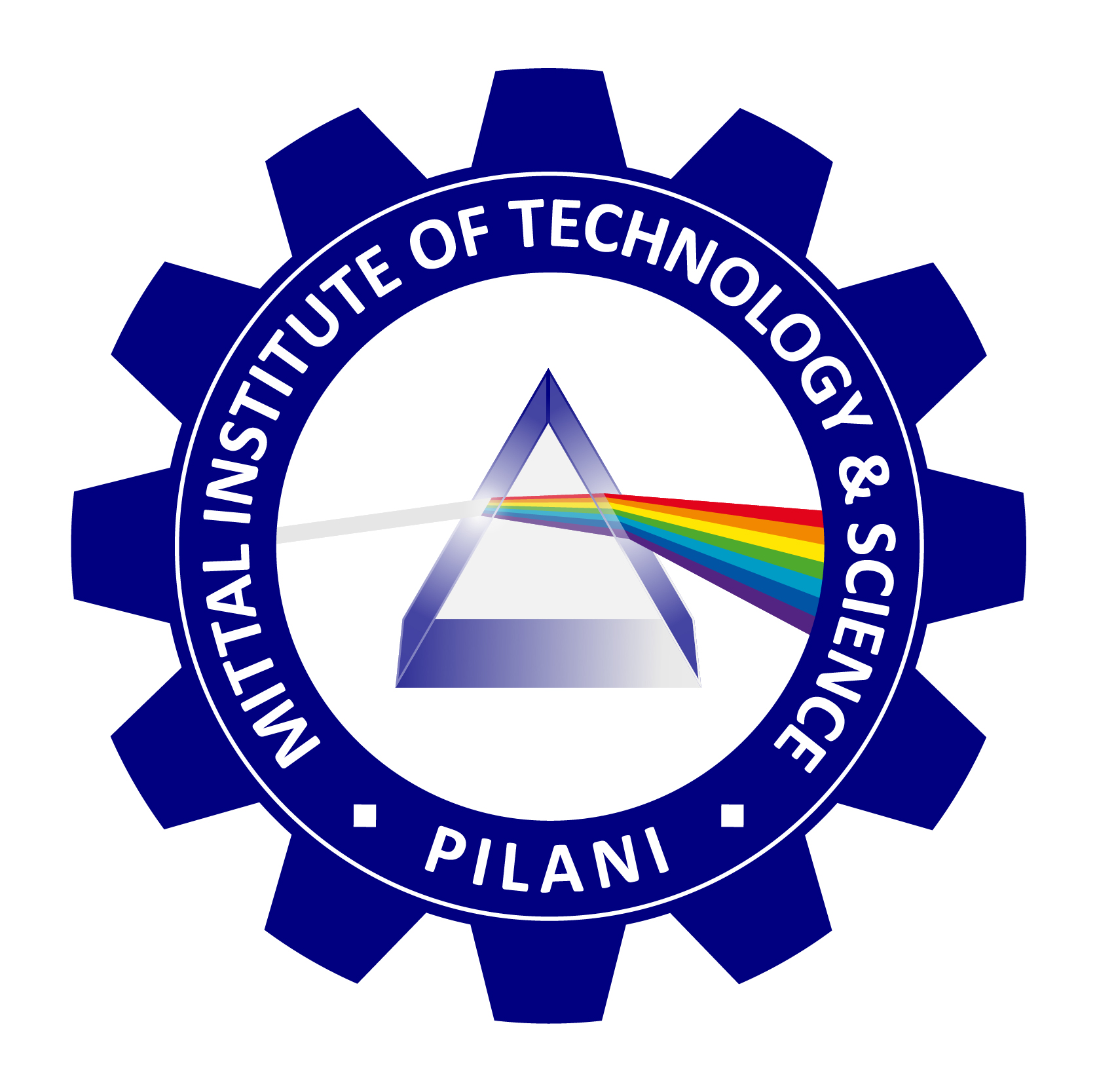
Sensors and Data Processing: Applications in Real-Time Systems
Introduction
Sensors are the key elements of modern technological systems that enable the collection of physical, chemical, and biological data. They are crucial in various fields such as healthcare, environmental monitoring, weather forecasting, and space research. The data collected by these sensors must be processed, analyzed, and visualized to extract meaningful insights. In this essay, we will discuss different types of sensors, the data they collect, how the data is processed, and the hardware and software required to handle real-time data streams.
Types of Sensors and the Data They Collect
Sensors are devices that convert physical quantities into measurable signals. The different types of sensors include:
- Environmental Sensors:
- Measure temperature, humidity, air quality, and pollutants.
- Used in weather forecasting, pollution monitoring, and climate change studies.
- Data: Temperature (°C), Humidity (%), CO2 levels (ppm), Air Particulate Matter (PM2.5, PM10).
- Medical Sensors:
- Used to monitor vital signs such as heart rate, blood pressure, glucose levels, and oxygen saturation.
- Applications include patient monitoring, diagnostics, and wearable health devices.
- Data: Heart rate (BPM), Blood Pressure (mmHg), Glucose levels (mg/dL).
- Biological Sensors:
- Detect biomolecules, DNA sequences, or microbial organisms.
- Used in genetic research, drug testing, and disease detection.
- Data: DNA sequence information, Enzyme activity, Biomarker levels.
- Weather Sensors:
- Measure atmospheric parameters such as wind speed, rainfall, barometric pressure, and solar radiation.
- Data: Wind speed (m/s), Rainfall (mm), Barometric pressure (hPa).
- Space Research Sensors:
- Used in space exploration to measure planetary motion, radiation, and magnetosphere behavior.
- Data: Electromagnetic radiation, Gravitational data, Radiation levels, Magnetosphere measurements.
Data Processing from Sensors
- Computer Hardware and Electronics for Data Processing
- Microcontrollers and Microprocessors: These are the primary hardware components that interface with sensors. Microcontrollers like Arduino and microprocessors like Raspberry Pi capture raw sensor data and handle basic preprocessing such as filtering or noise reduction.
- Signal Conditioners and Amplifiers: Sensors often require signal conditioning before the data can be read. Amplifiers boost weak signals, while analog-to-digital converters (ADCs) convert analog sensor data into digital format.
- Communication Interfaces: Technologies like Bluetooth, Wi-Fi, and Zigbee are used for wireless data transmission, enabling remote sensors to send data to processing units.
- Data Storage: Real-time data can be stored temporarily in volatile memory (RAM) for immediate processing or logged into non-volatile memory (such as SSDs) for future analysis.
- Software and Algorithms
- Data Acquisition Software (DAQ): Systems such as LabVIEW or MATLAB are used to gather and manage sensor data. DAQ systems ensure continuous and seamless data collection.
- Real-Time Operating Systems (RTOS): To manage real-time data streams, RTOS platforms are used, providing minimal delay in processing sensor inputs.
- Edge Computing: For real-time analysis, edge devices equipped with AI and ML models can perform on-the-spot data processing, reducing latency.
Real-Time Data Stream Processing
- Stream Processing Engines: Frameworks such as Apache Kafka and Apache Flink are used to handle real-time data streams. These platforms support fault tolerance and high throughput, allowing sensor data to be processed as it arrives.
- Data Aggregation and Filtering: Techniques like data smoothing (moving average) and filtering (Kalman filter) are used to reduce noise and detect outliers, ensuring that data is accurate and reliable for decision-making.
- Latency Management: Buffers and queues manage the rate of data flow, preventing overflow and ensuring that data is processed in real time.
Mathematical Concepts and Formulas Applied to Data Analysis
- Statistical Analysis: Basic statistical measures like mean, median, standard deviation, and correlation are used to summarize sensor data and detect patterns.
- Fourier Transforms: Applied to analyze frequency components in time-series data, particularly useful in signal processing for sensors capturing vibrations, sound, or electromagnetic waves.
- Regression Analysis: Linear and nonlinear regression techniques are used to model relationships between variables, allowing prediction and trend analysis.
- Machine Learning Algorithms: Algorithms like neural networks, decision trees, and clustering techniques (k-means, DBSCAN) are applied for anomaly detection, classification, and predictive analysis.
Data Visualization
Data visualization tools such as dashboards, graphs, and heat maps make sensor data comprehensible for decision-makers. Platforms like Tableau, Power BI, and Python libraries (Matplotlib, Plotly) are often used to create interactive visualizations. Real-time visualizations can display trends, alerts, and geographic data overlays, enabling efficient monitoring.
Decision-Making in Management
- Data-Driven Decisions: The processed sensor data is used for operational efficiency, predicting failures, and scheduling maintenance. In environmental monitoring, for example, air quality data can trigger public health alerts.
- Predictive Analytics: Predictive models trained on historical sensor data allow organizations to anticipate trends, identify risks, and make informed decisions. For example, medical sensors can predict patient deterioration based on patterns in their vital signs.
Scientific Analysis
- Hypothesis Testing: In research, sensor data is used to validate hypotheses, explore correlations, and develop scientific theories.
- Simulation Models: Scientists use sensor data to build computational models of environmental systems, such as simulating climate change impacts or ecosystem behaviors.
- Space Research: Sensors on satellites and spacecraft measure radiation, particle density, and magnetic fields to explore planetary environments and cosmic phenomena.
Applications of Sensor Data in Various Fields
- Environmental Monitoring:
- Sensors monitor pollution levels, track climate changes, and detect natural disasters (e.g., earthquakes and tsunamis). Data collected from environmental sensors informs government policies and disaster management efforts.
- Medical and Biological Data:
- Wearable sensors help in remote patient monitoring, reducing the need for frequent hospital visits. Sensors in medical devices provide real-time data that can prevent complications and support decision-making during surgeries.
- Biological sensors assist in early disease detection, ensuring timely interventions in healthcare.
- Weather Forecasting:
- Weather sensors collect atmospheric data used for forecasting, helping to predict natural events like storms, floods, or droughts. Accurate predictions help governments and industries take precautionary measures.
- Space Research:
- Space missions rely on sensors to explore planets, detect radiation levels, and study cosmic phenomena. Instruments like magnetometers, radiometers, and particle detectors on spacecraft provide insights into space weather, planetary compositions, and magnetic fields.
Technical Advantages of Sensor Data
- Accuracy and Precision: High-resolution sensors provide precise measurements, critical for applications requiring fine control, such as medical devices or space instruments.
- Automation: Sensors enable automation of processes, reducing human intervention and increasing efficiency.
- Scalability: With IoT devices and edge computing, sensor networks can be scaled to monitor large geographical areas or large populations, such as in smart cities or healthcare networks.
Sensors and their data are integral to modern technological systems, enabling real-time monitoring and decision-making across various fields. With advancements in hardware, software, and data processing algorithms, sensors have become more accurate and accessible. Whether it is environmental monitoring, medical diagnostics, or space exploration, sensors and data analytics provide the foundation for scientific breakthroughs and informed decisions. The future of sensor technology promises even more precise, faster, and smarter data-driven systems that can transform industries and improve human life.
